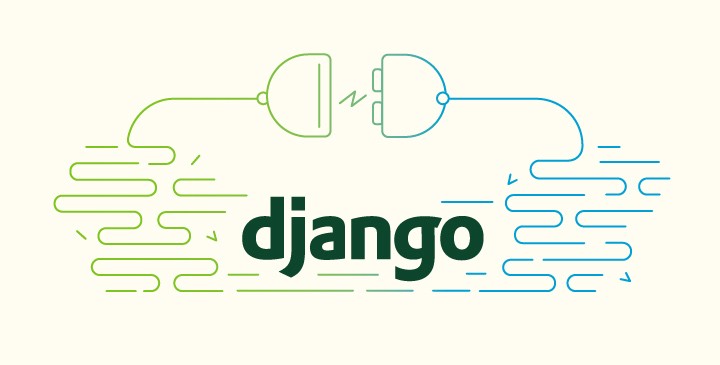Modified Preorder Tree Traversal in Django

In this article, we will learn how to use django-mptt in a Django site. MPTT is modified preorder tree traversal. It’s an efficient way to store hierarchical data to your Django models. You easily determine parent-child relationships.
Installation
$ pip install django-mptt
You should add mptt to the INSTALLED_APPS in your settings.py file:
INSTALLED_APPS = (
'django.contrib.auth',
# ...
'mptt',
)
I’ve used MPTT in one of my major projects. Consider following models for app in Django project.
Example Models
from django.db import models
from mptt.models import MPTTModel, TreeForeignKey
class LocationType(models.Model):
name = models.CharField(max_length=50, unique=True)
....
class Location(MPTTModel):
parent = TreeForeignKey(
to='self',
related_name='children',
null=True,
blank=True,
on_delete=models.CASCADE,
)
location_type = models.ForeignKey(
to='LocationType',
related_name='locations',
on_delete=models.CASCADE
)
name = models.CharField(max_length=255)
....
We firstly add imports for the MPTTModel and TreeForeignKey classes from the django-mptt library. MPTTModel provides a base model. Then the LocationType and Location classes are defined. These models will also have a number of other fields: level, lft, rght, and tree_id.
- level: The level (or “depth”) at which a node sits in the tree.
- lft
- rght
- tree_id: A unique identifier assigned to each root node and inherited by all its descendants.
It also provides subclasses of MPTTModel have the following instance methods:
get_ancestors(ascending=False, include_self=False)get_children()get_descendants(include_self=False)get_descendant_count()get_family()get_next_sibling()get_previous_sibling()get_root()get_siblings(include_self=False)insert_at(target, position=’first-child’, save=False)is_child_node()is_leaf_node()is_root_node()move_to(target, position=’first-child’)
According to me, the most important methods are move_to(), get_root(), insert_at().
These methods are particularly helpful.
We change manually lft and rght values.
But it’s not a good idea.
I think, you can use insert_at(), if you want to update the tree with safe way.
Also, we can replace manually parent and child node with move_to().
Now create and apply the migrations to create the table in the database:
$ python manage.py makemigrations
Migrations for 'src':
src/migrations/0001_initial.py
- Create model LocationType
- Create model Location
Now, We wanto to test the Tree from shell:
$ python manage.py shell
Python 3.7.0 (default, Apr 1 2019, 14:21:55)
In[1]: from src.models import Location, LocationType
In[2]: continent_obj = LocationType.objects.create(name='Continent')
In[3]: country_obj = LocationType.objects.create( name='Country') In[4]: city_obj = LocationType.objects.create(name='City')
In[5]: continent_location = Location.objects.create(
.....: location_type =continent_obj,
.....: name='European'
.....: )
In[6]: country_location = Location.objects.create(
.....: parent=continent_location,
.....: location_type =country_obj,
.....: name='Turkey'
.....: )
In[7]: city_location = Location.objects.create(
.....: parent=country_location,
.....: location_type =city_obj,
.....: name='Istanbul'
.....: )
Result for Location Type:
| id | name |
|:----|:----------|
| 1 | Continent |
| 2 | Country |
| 3 | City |
Result for Location:
| id | parent_id | location_type_id | name |
|:----|:----------|:-----------------|:-------------|
| 1 | None | 1 | European |
| 2 | 1 | 2 | Turkey |
| 3 | 2 | 3 | Istanbul |
We want to get a listing of child locations for European:
In[8]: continent_location.get_descendants()
Out[8]: <TreeQuerySet [<Location: Turkey>, <Location:Istanbul>]>
In[9]: continent_location.get_descendant_count()
Out[9]: 2
We want to get a listing of parent locations for Istanbul:
In[10]: city_location.get_ancestors(include_self=True)
Out[10]: <TreeQuerySet [<Location: European>, <Location: Turkey>, <Location: Istanbul>]>
The root node of the MPTT tree (Istanbul):
In [11]: city_location.get_root()
Out[11]: <Location: European>
We want to see all locations on the same level as another:
In [12]: Location.objects.create(
.......: location_type=continent_obj,
.......: name='Asia'
.......: )
Out[12]: <Location: Asia>
In [13]: continent_location.get_siblings()
Out[13]: <TreeQuerySet [<Location: Asia>]>
Level of all locations:
In [14]: continent_location.level
Out[14]: 0
In [15]: country_location.level
Out[15]: 1
In [16]: city_location.level
Out[16]: 2
References
- https://github.com/django-mptt/django-mptt
- https://django-mptt.readthedocs.io/en/latest/